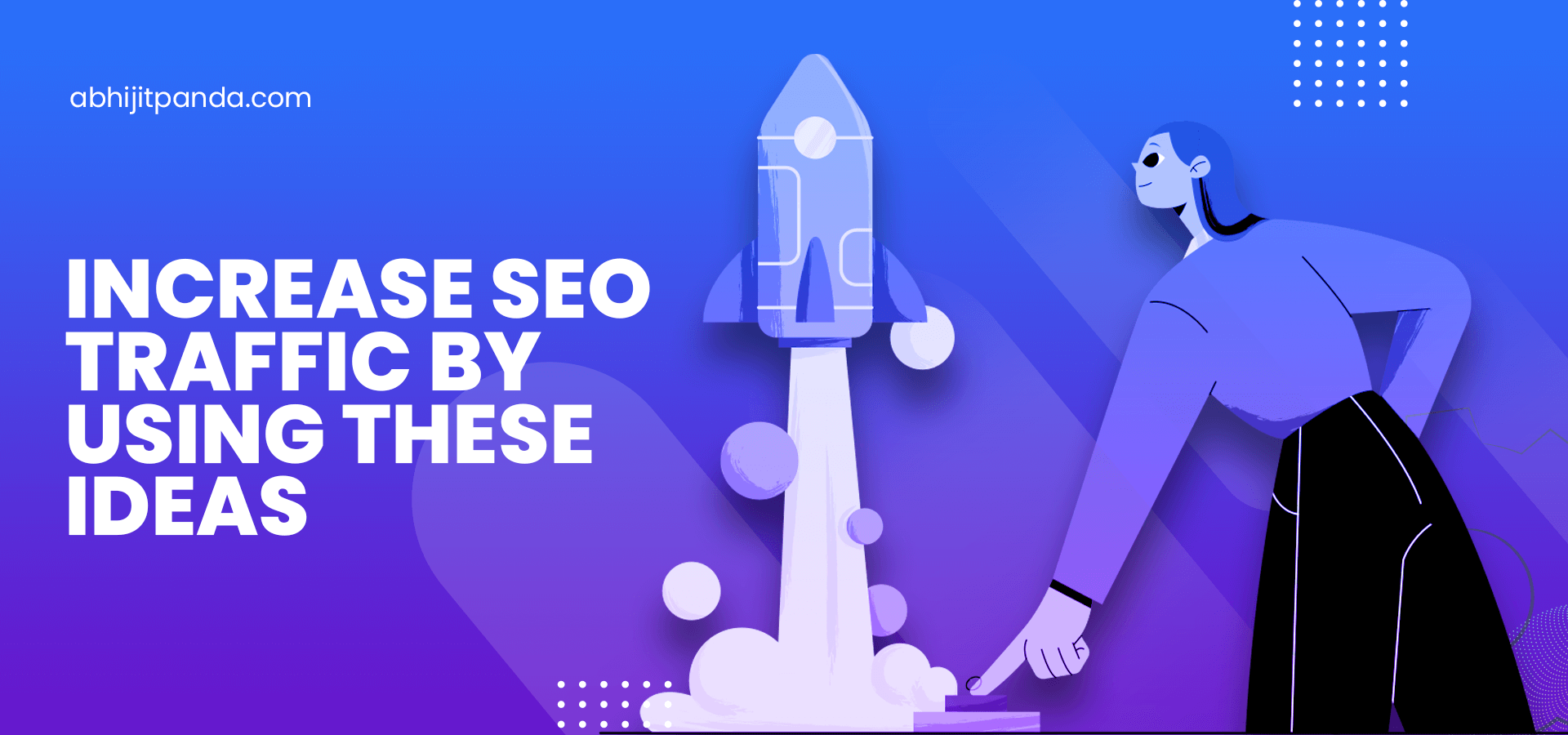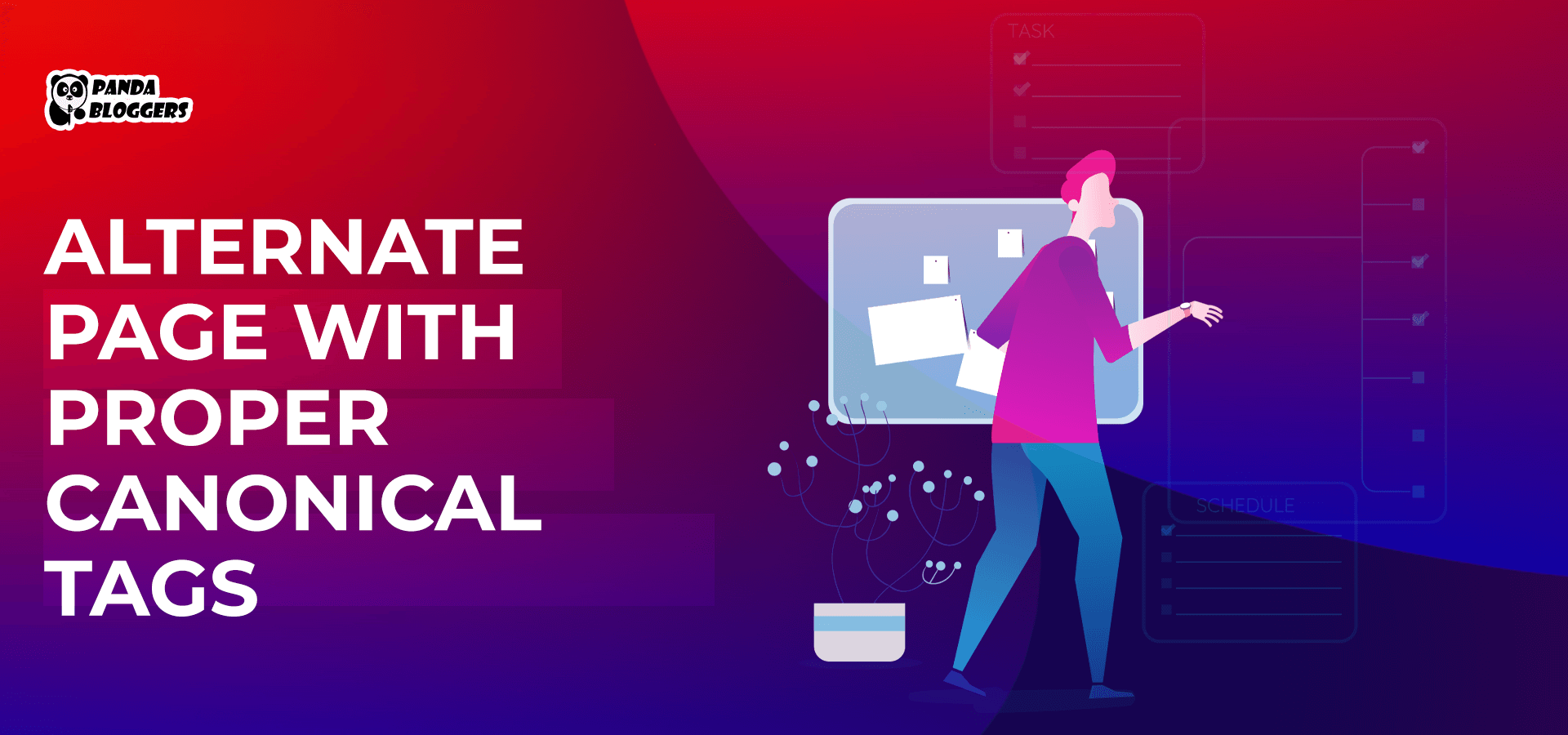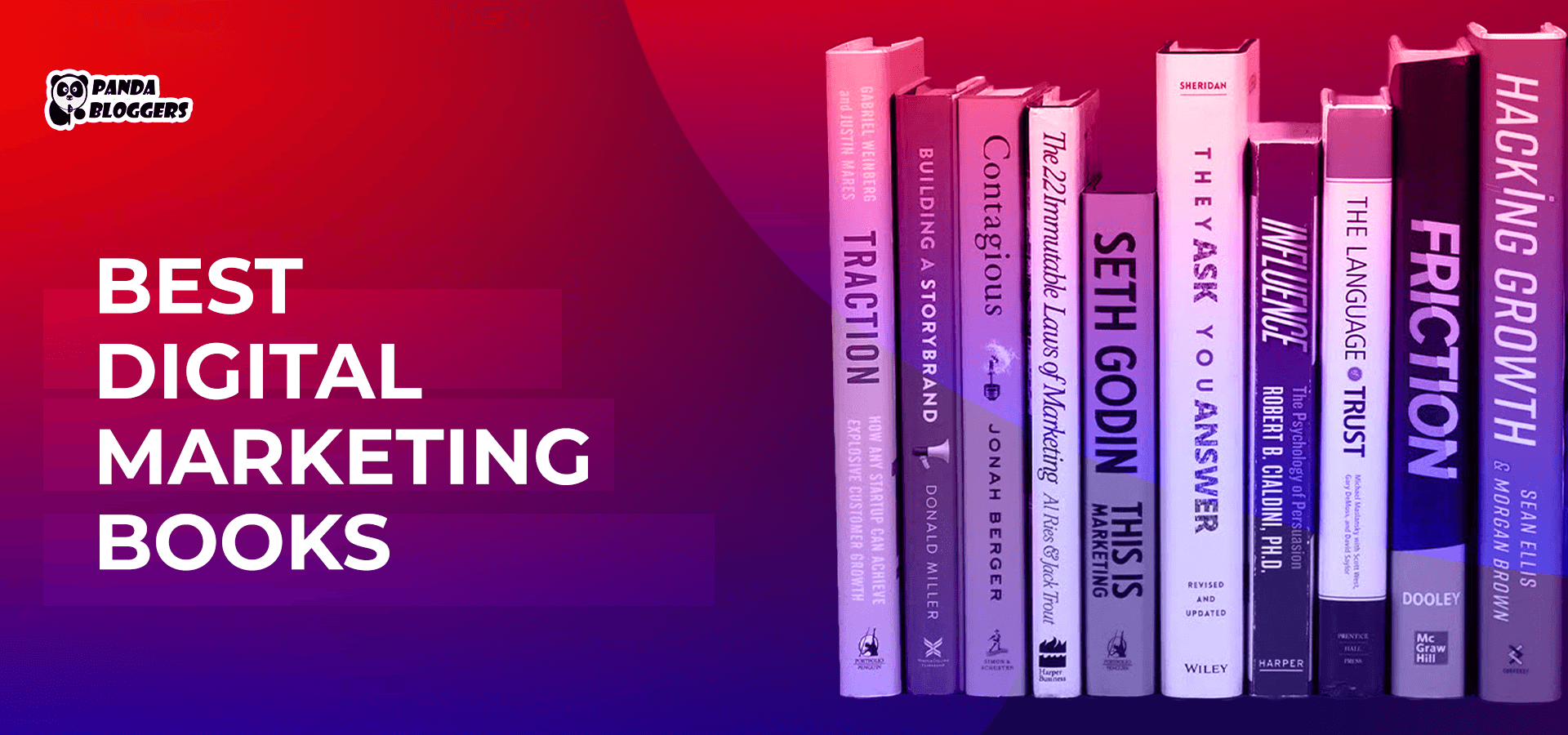 Increase SEO Traffic Using These 8 Ideas
Increase SEO Traffic Using These 8 Ideas
Both B2B and B2C these days prefer search engine optimization (SEO) to other inbound marketing tactics to generate more leads and sales. 61% of B2B marketers say that SEO is more effective than other marketing initiatives in generating more leads by increasing organic website traffic. Similarly, 70% of online marketers say that SEO is more effective than paid search in generating sales.
But search engines change their algorithms about 500 to 600 times each year. Each search engine algorithm update impacts keyword rankings directly and significantly. Also, SEO trends these days change at frequent intervals. Hence, you can no longer increase SEO traffic consistently only by implementing on-page and off-page search engine optimization techniques.
You can divert more organic traffic to your website using the right SEO techniques and adopting emerging SEO trends. However, it is also important to look for ideas and best practices implemented by online marketers to increase SEO traffic despite frequent search algorithm updates.
8 Ideas Online Marketers Implement to Increase SEO Traffic Consistently
1. Boost the Website’s UX
In addition to improving the search experience consistently, search engines love websites that deliver outstanding user experience (UX). While implementing an SEO strategy, you can boost a website’s user experience and search visibility by implementing some simple tips.
- Make the website accessible on desktops, laptops, smartphones, and tablets.
- Ensure the website loads in less than 2 seconds.
- Enhance data security by switching from HTTP to HTTPS
However, your SEO strategy must focus on measuring and improving the website’s UX across devices and platforms regularly.
2. Switch to Entity-Based SEO
Conventional SEO strategies focus on keywords, while entity-based SEO strategies use concepts. The Context helps searchers find more relevant information by adding context to keywords. For instance, entity-based SEO distinguishes between a fruit and a multinational tech company when a searcher enters the keyword – apple.
While creating a website and marketing content, you can implement entity-based SEO by focusing on ideas and contexts instead of keywords. Also, you must define individual entities and convey relationships between various entities by creating high E-A-T (expertise, authoritativeness, and trustworthiness) knowledge graphs. At the same time, it is also important to create internal links and build backlinks from niche websites.
3. Conduct Content Gap Analysis
While creating and optimizing content for search engines, you must not forget to check if your leads and customers desire the content. You can increase SEO traffic only by publishing content that meets your customer’s needs precisely at various stages in a buyer’s journey.
You can easily create relevant content and update existing content by conducting content gap analysis regularly. In addition to bridging the content gap, content gap analysis helps you find new keyword opportunities and implement entity-based SEO.
4. Optimize Passages for Search Engine Indexing
In 2020, Google announced a new algorithm called passage indexing to deliver highly-specific sections or passages of content to searchers. Instead of displaying an entire article or blog, the algorithm will enable searchers to read specific sentences or paragraphs based on questions or long-tail keywords.
You can increase SEO traffic by making it easier for Google to identify the relevant passages in long-form content. It is always important to implement simple best practices like:
- Divide content into multiple sections
- Distinguish sections by adding headings and subheadings
- Include targeted keywords in each passage strategically.
5. Target Long-Tail Keywords
Long-tail keywords are less competitive and have lower search volume than short-tail keywords. But digital marketers often find it easier to rank websites for long-tail keywords. While conducting keyword research, you must focus on selecting relevant and contextual keywords with three to five words.
You can choose multiple long-tail keywords to rank your website for different search queries. Also, you can combine relevant and related phrases to make your website’s search visibility and help you increase organic traffic.
6. Convert Textual Content into Videos
In addition to increasing online video consumption, 90% of consumers love watching videos posted by brands and businesses. Digital marketers leverage the increase in online video consumption to drive SEO campaigns by creating, publishing, and promoting a variety of videos.
You may find it challenging to increase SEO traffic by publishing new video clips regularly. But there is a slew of software solutions that enable you to convert articles and blogs into videos without putting in extra time and effort. However, you must focus on boosting the videos’ search visibility by implementing several YouTube SEO tips and tricks.
7. Focus on the Quality of Backlinks
Search engines consider backlinks as a key ranking factor. You can enhance your website’s authority, trustworthiness, and expertise by looking for opportunities to create backlinks. But you cannot increase SEO traffic only by increasing the number of backlinks.
Your SEO strategy must focus on creating high-quality backlinks instead of creating more backlinks. While looking for backlink opportunities, you must focus on the linker’s domain authority. It is also advisable to create high-quality backlinks by publishing guest posts, posting content on niche online forums, and sharing the content on social networks.
8. Implement Image SEO Techniques
In addition to preferring visual search to textual search, Millenials initiate image search using search engines, social networks, and online stores. You can make articles and blogs more engaging by including the right images. Also, you can increase SEO traffic consistently by optimizing the images for search engines. You can boost an image’s search visibility using a slew of image SEO tips.
- Choose responsive images
- Add captions to each image
- Describe each image using Alt and Title attributes
- As structured data to each image
- Optimize the image without impacting your website’s speed
Conclusion
SEO is one of the inbound marketing strategies that help your business generate leads and sales regularly. But you can increase SEO traffic only by minimizing the impact of search algorithm changes and emerging trends. That is why; you must keep the SEO strategy flexible enough to include new ideas and best practices implemented by seasoned digital marketers.









Leave a Reply